Shou Sugi Ban (or Yakisugi) is an ancient Japanese exterior siding technique that preserves wood by charring it with fire. Traditionally, Sugi wood (cryptomeria japonica L.f., also called Japanese cedar) was used. The process involves charring the wood, cooling it, cleaning it, and finishing it with a natural oil…
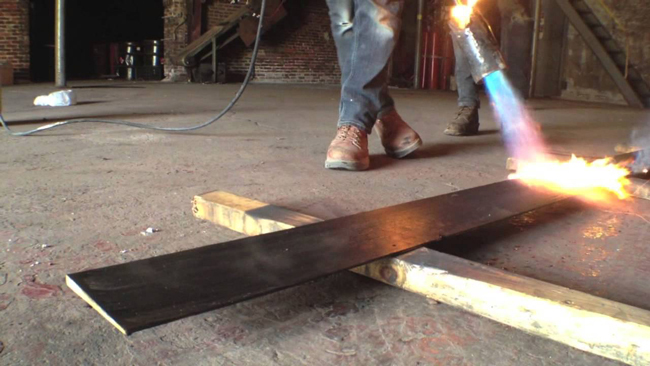
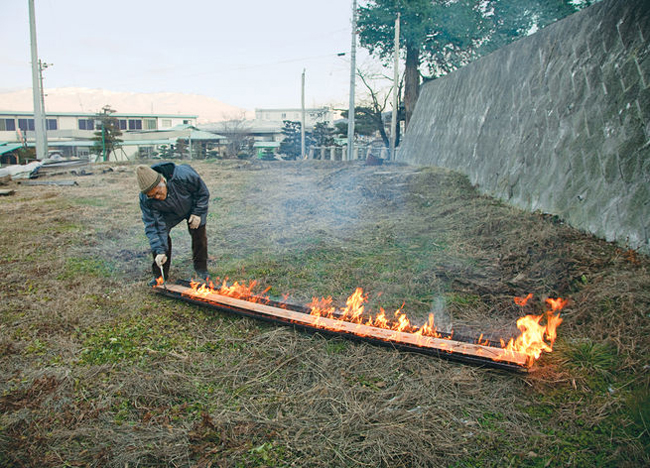
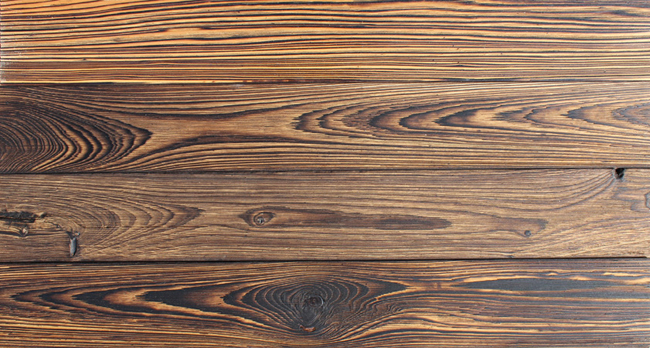
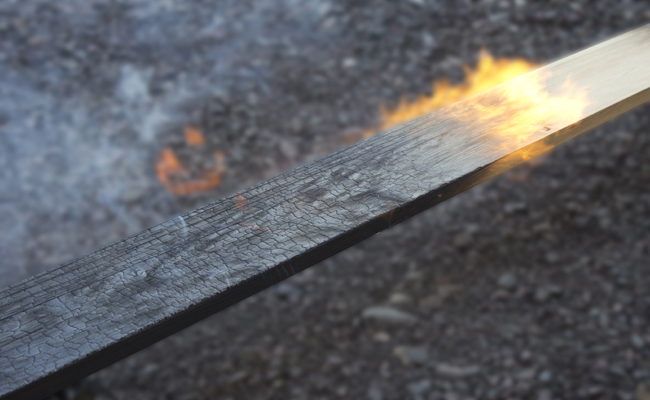
Today Shou Sugi Ban is an environmentally friendly way to preserve timber and (paradoxically) make it fire-resistant. Chemical preservatives, paints, and retardants are therefore unnecessary. In addition to exterior uses, the popular technique is now found in interior rooms, furniture, and artwork…
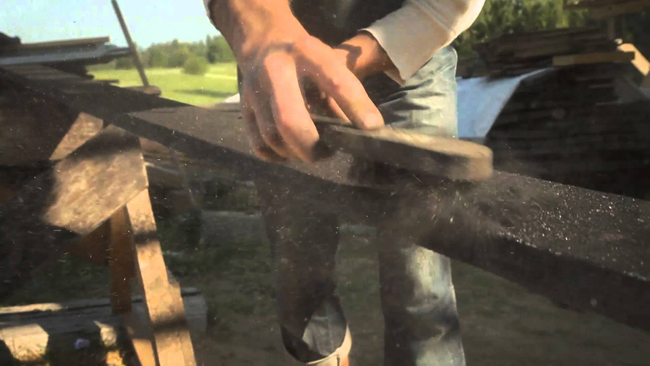
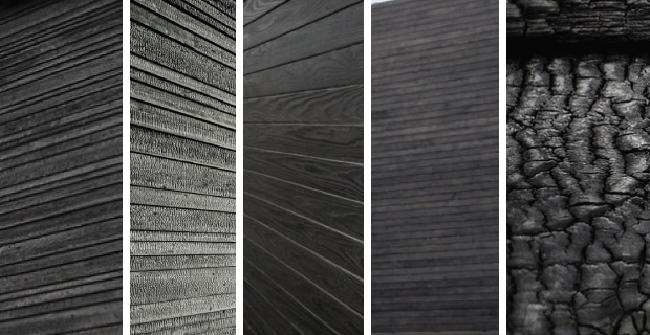
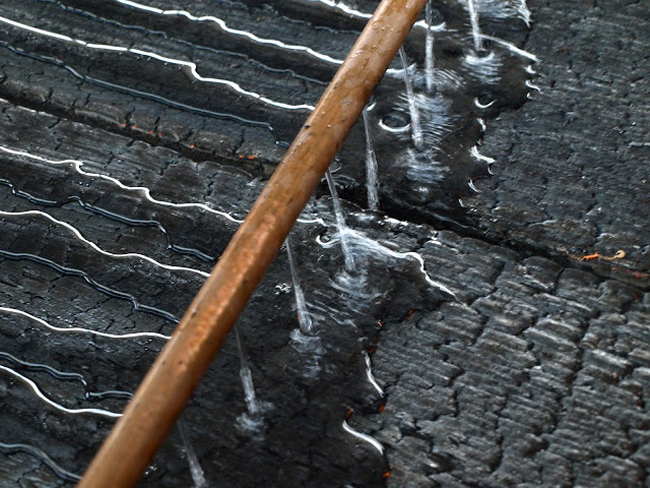
It is still a popular tradition in the Okayama Prefecture of Japan. Nowadays, designers and architects use other species of wood like western red cedar, douglas fir, cyprus, pine and oak. The process involves charring the wood, cooling it, cleaning it, and finishing it with a natural oil. Although time consuming, the final product is not only gorgeous, with its rich, silvery finish; the charred wood also resists fire, rot, insects, and can last up to 80 years (Via OffGridQuest)…
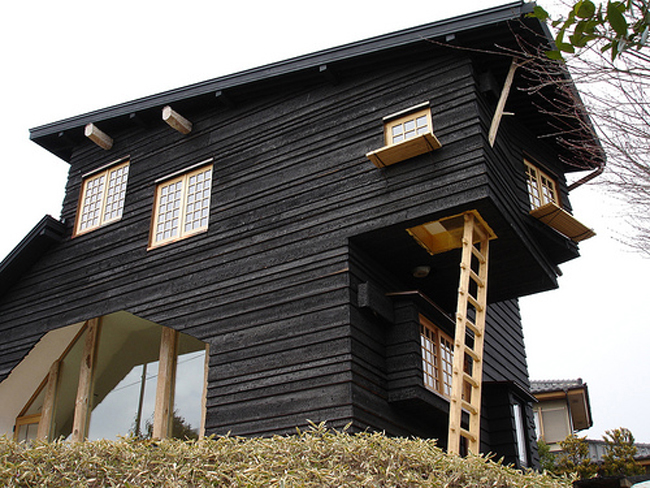
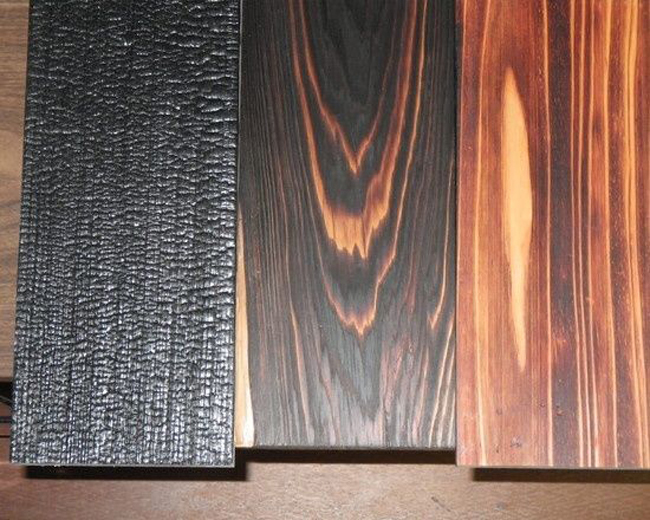
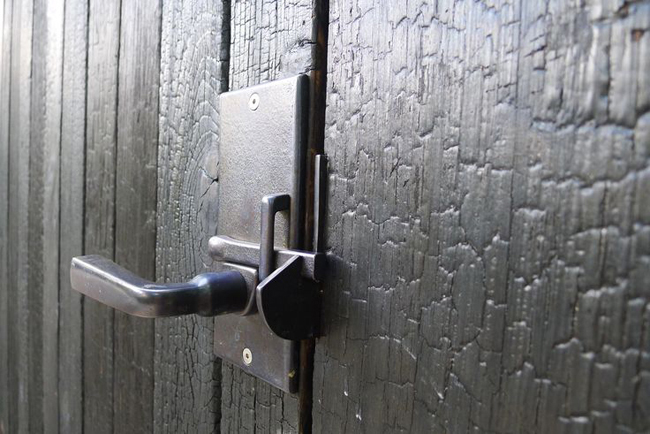
If you like this idea, be sure to share it with your friends and inspire someone you know. Anything becomes possible with just a little inspiration…
